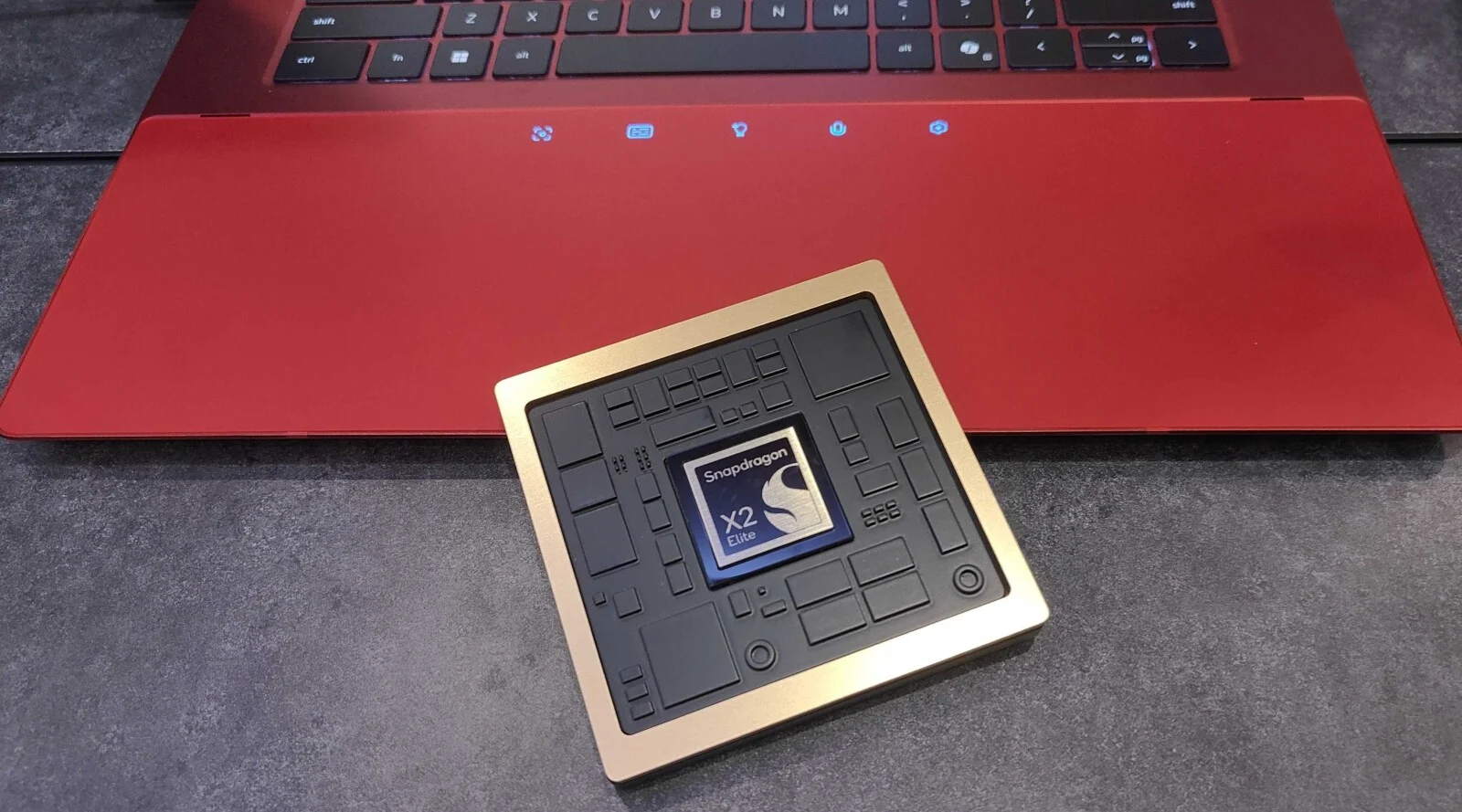Using lasers, researchers from the University of Rochester have created extremely hydrophobic metals. These metals are also optically highly-absorbent.
These types of highly water repellent metals have several important industrial applications such as in prevention of rust, for sanitation purposes to name a few.
Most of the such metals need chemical coatings, but this latest one developed by Chunlei Guo and his team; do not need any. Guo and colleague Anatoliy Vorobyev came up with a novel and accurate laser technique that provides metals with new properties. The technology can be used in micro- and nanoscale structures. The team used the similar technique which enabled them to turn metals black, previously.
“The material is so strongly water-repellent; the water actually gets bounced off. Then it lands on the surface again, gets bounced off again, and then it will just roll off from the surface,” said Guo. And this process is remarkably fast and takes barely a second to complete.
Unlike Teflon that often coats non stick frying pans, Guo’s laster derived metals are far more slippery and to roll off water, instead of tilting to a 70-degree angle as Teflon requires, these metals need to be tilted by less than five degrees.
These metals also have strong self-cleaning properties, while rolling down; the water droplets carry dust particles with them. The team noted that a dozen drop could leave the surface spotless.
The researchers believe that there will be extensive use of these super hydrophobic metals in the developing countries, especially for the collection of the rain water and to make cleaner latrines.
But as making these metals is a time taking process, scaling up will be a real challenge, added Guo.
http://thehoopsnews.com/2015/01/21/3101/nasa-spacecraft-dawn-catches-better-glimpses-dwarf-planet-ceres-video/
Future investigation will include the creation of multifunctional metals. The team also wants to increase the speed of this technique so that it can be used to materials like semiconductors or dielectrics to make water repellant electronics in the future.








Now, do this for the glass on my car. That would be sweet!!